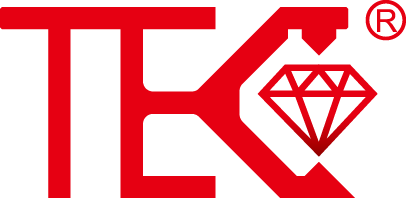WhyYourCurrentLiquidLevelSolutionIsObsoleteComparedtoMagnetostrictiveGauges
In today's rapidly evolving industrial landscape, the technology you rely on for liquid level measurement could be holding your operations back. While traditional methods have served industries for decades, they simply can't compete with the precision and reliability of modern magnetostrictive gauges. The gap between conventional solutions and advanced magnetostrictive technology continues to widen, leaving many facilities operating with outdated systems that compromise efficiency and accuracy.
The Hidden Costs of Traditional Level Measurement Methods
Conventional float-type gauges, pneumatic systems, and even older radar technologies come with significant limitations that impact your bottom line. Mechanical components wear out, requiring frequent calibration and replacement. These systems often suffer from drift issues, where measurements become less accurate over time without warning. The cumulative maintenance costs and potential for process disruptions make these traditional solutions more expensive than they initially appear. Furthermore, their limited accuracy can lead to either overfilling or underutilization of storage capacity, both of which represent substantial financial losses.
How Magnetostrictive Technology Revolutionizes Liquid Level Sensing
Magnetostrictive level gauges operate on a fundamentally different principle that eliminates many shortcomings of conventional methods. A magnetic float moves along a wire inside the probe, and when an electrical pulse is sent through the wire, it interacts with the float's magnetic field to create a return signal. The time difference between sending the pulse and receiving the return signal precisely determines the float's position. This non-contact measurement approach provides exceptional accuracy, typically within ±0.5mm, while avoiding the mechanical wear that plagues traditional systems.
Unmatched Accuracy and Reliability in Challenging Conditions
What sets magnetostrictive gauges apart is their consistent performance under demanding industrial conditions. Unlike mechanical systems that can stick or bind, or ultrasonic sensors affected by vapor space conditions, magnetostrictive technology maintains its precision regardless of temperature fluctuations, pressure changes, or medium characteristics. The technology proves particularly valuable in applications requiring exact interface detection between two liquids, such as oil and water separation processes, where traditional methods often fail to provide the necessary resolution.
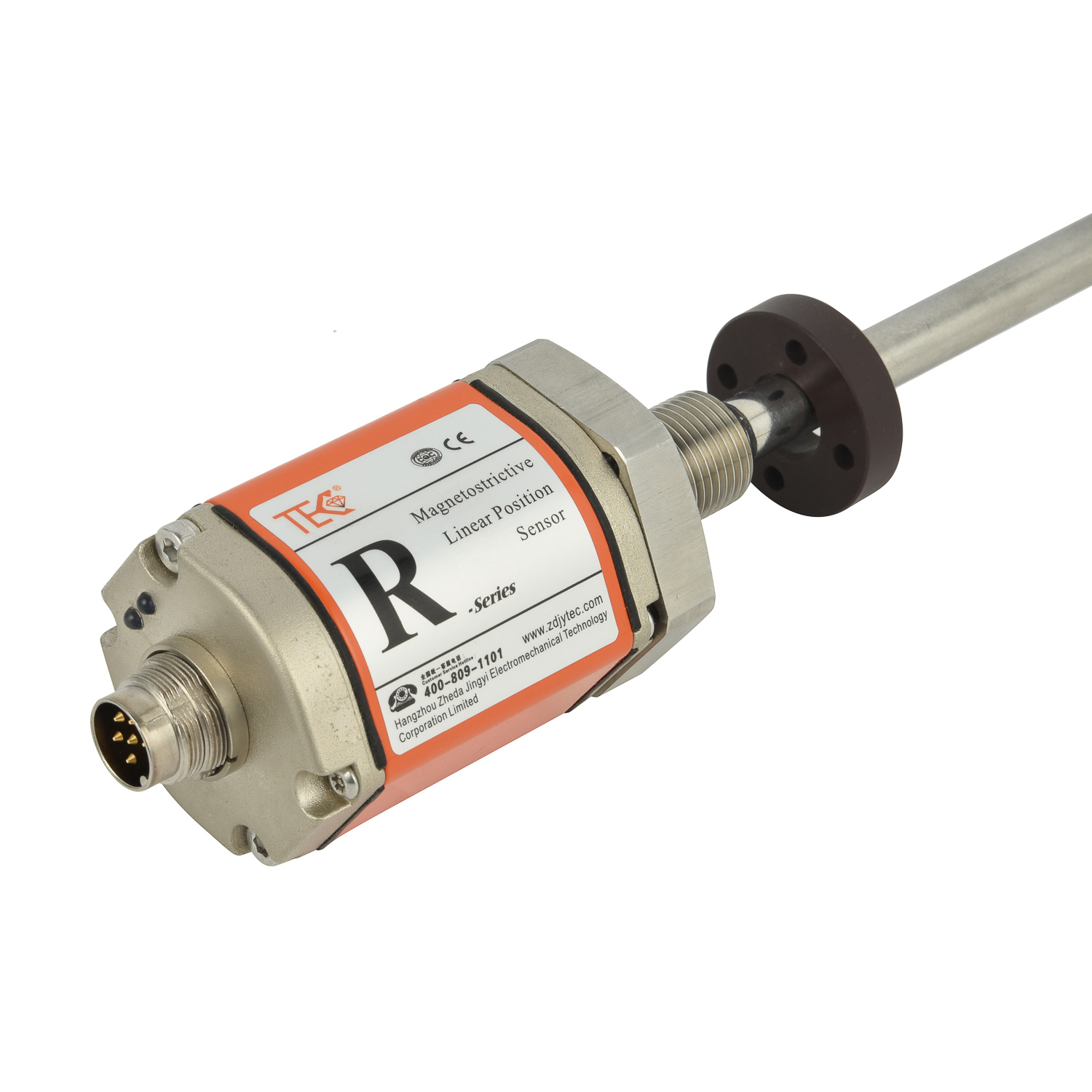
Reducing Total Cost of Ownership Through Advanced Features
While the initial investment in magnetostrictive technology might be higher than conventional solutions, the long-term savings are substantial. These systems require minimal maintenance since they have no moving parts that physically contact the measurement components. Their digital output eliminates the need for manual reading and reduces human error. Many models offer advanced diagnostics that predict maintenance needs before failures occur, preventing costly downtime and ensuring continuous process optimization.
Integration Capabilities for Modern Industrial Systems
Modern magnetostrictive gauges seamlessly integrate with existing control systems and Industry 4.0 platforms. They provide digital communication protocols like HART, Profibus, and Foundation Fieldbus, enabling real-time data transmission to distributed control systems. This connectivity allows for remote monitoring, automated inventory management, and predictive maintenance scheduling. The technology fits perfectly into smart factory environments where data-driven decision making has become essential for maintaining competitive advantage.
Future-Proofing Your Operations with Advanced Level Measurement
As industrial processes become increasingly automated and regulated, the demand for precise, reliable measurement data continues to grow. Magnetostrictive technology not only addresses current measurement challenges but also positions your operations for future requirements. With their exceptional accuracy, minimal maintenance needs, and digital connectivity, these systems represent the next evolutionary step in liquid level measurement that will remain relevant as technology continues to advance.
The transition to magnetostrictive level measurement isn't just an equipment upgrade—it's a strategic decision to enhance operational efficiency, reduce long-term costs, and improve process reliability. Industries that have made the switch report significant improvements in measurement accuracy, reduced maintenance expenses, and better overall process control. In an era where precision and data drive competitive advantage, continuing to rely on obsolete liquid level solutions represents a risk your operation can no longer afford to take.
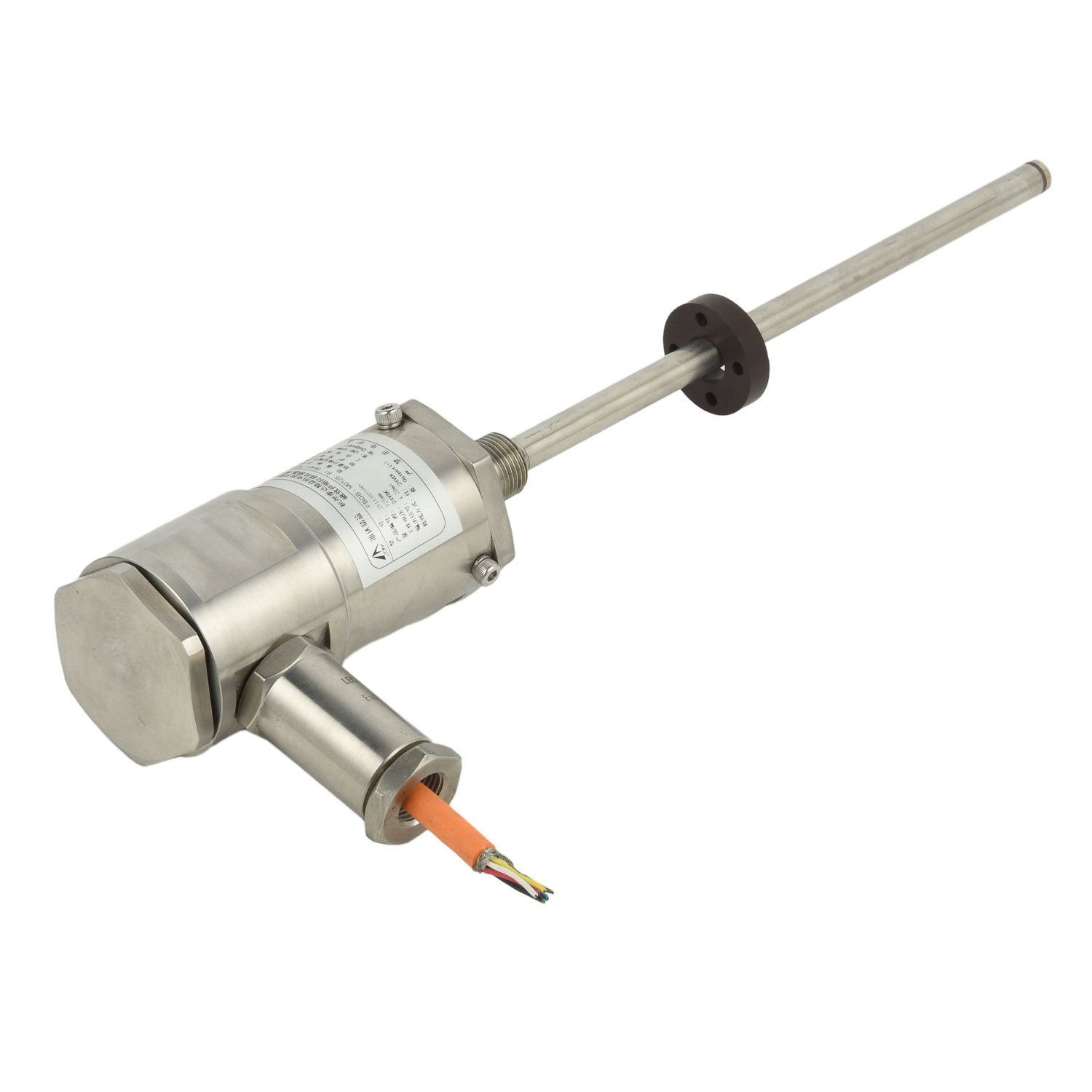 UpgradingYourLevelMeasurementS
UpgradingYourLevelMeasurementS
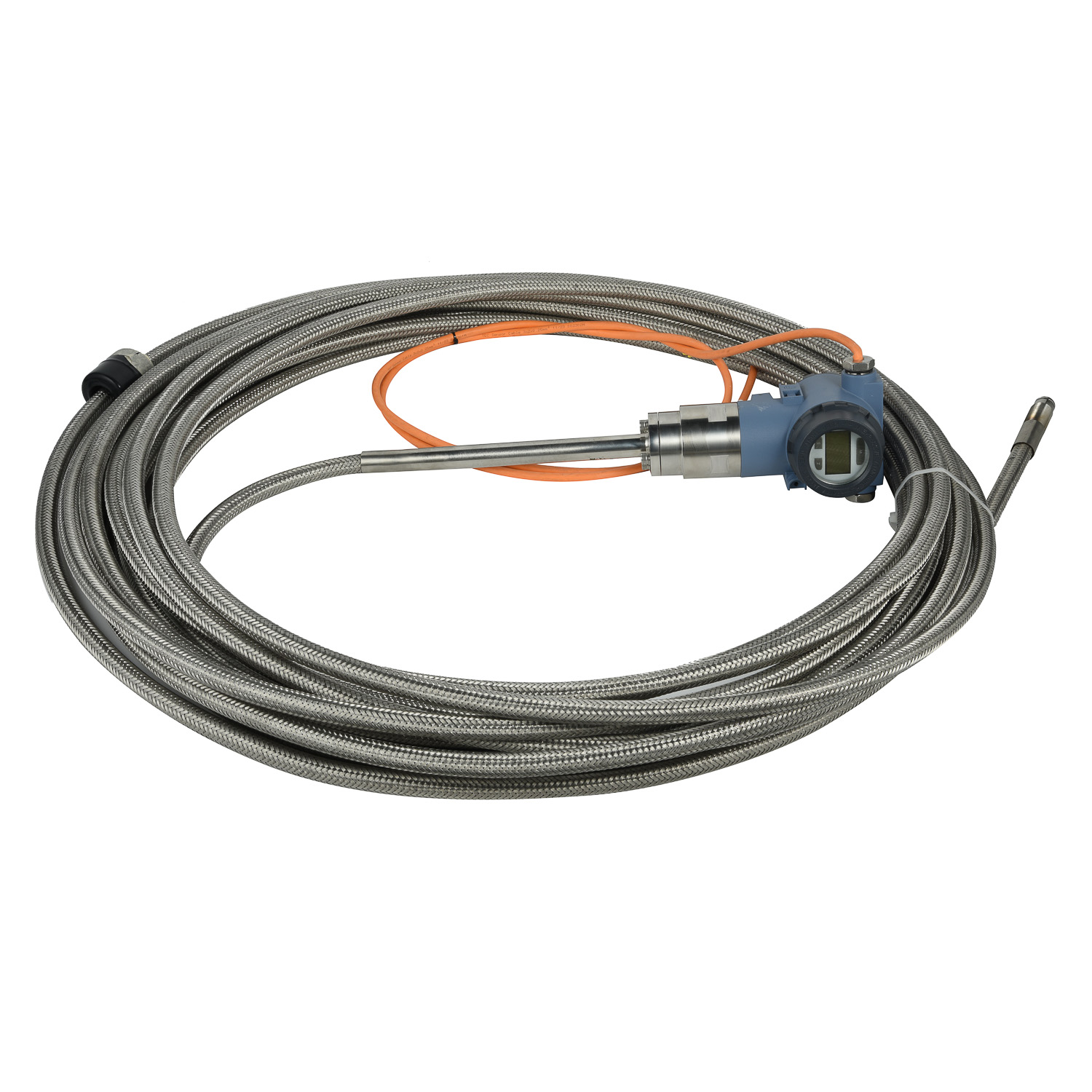 Why are magnetostrictive level
Why are magnetostrictive level
 ComparingMagnetostrictiveandRa
ComparingMagnetostrictiveandRa
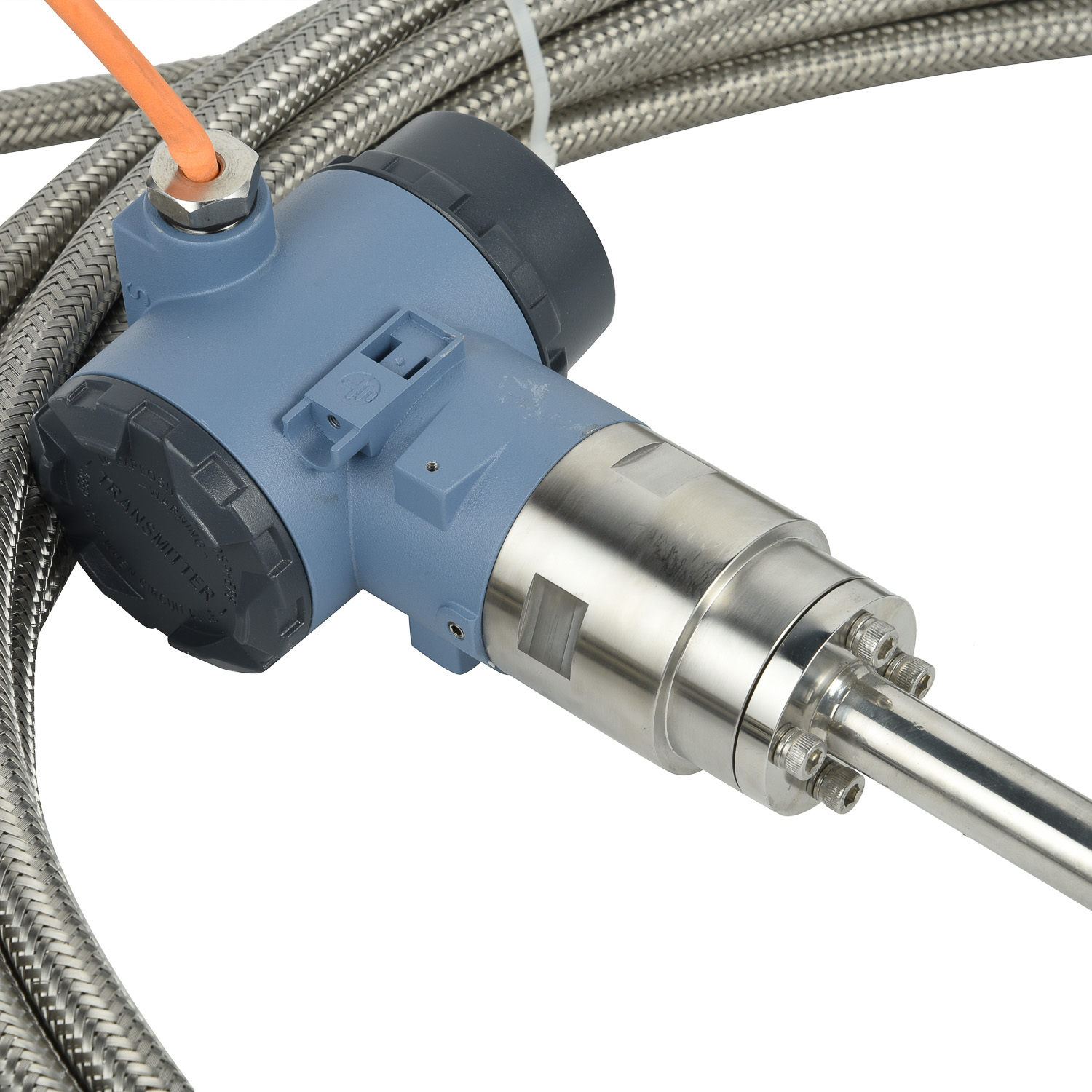 MagnetostrictiveLevelSensorfor
MagnetostrictiveLevelSensorfor
